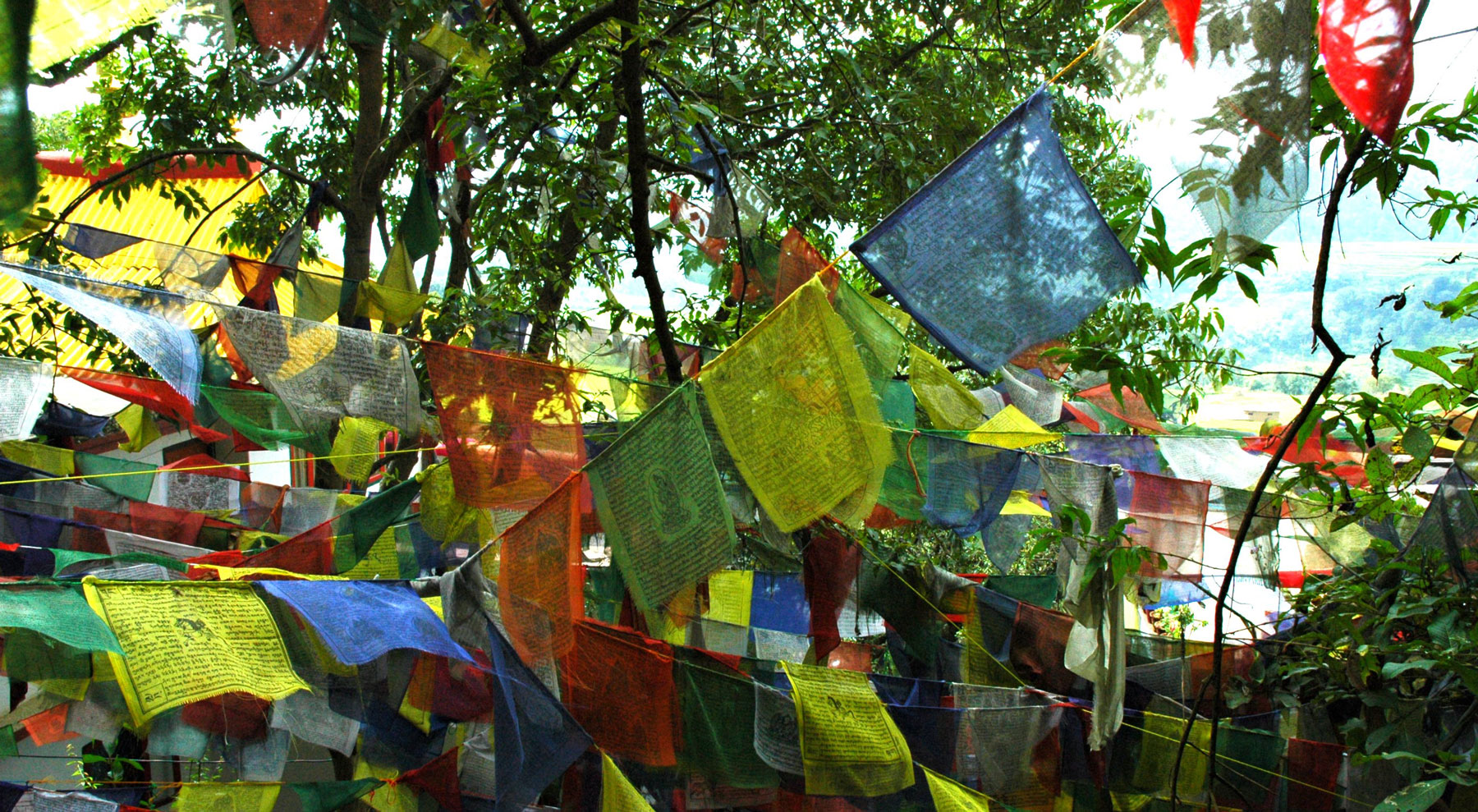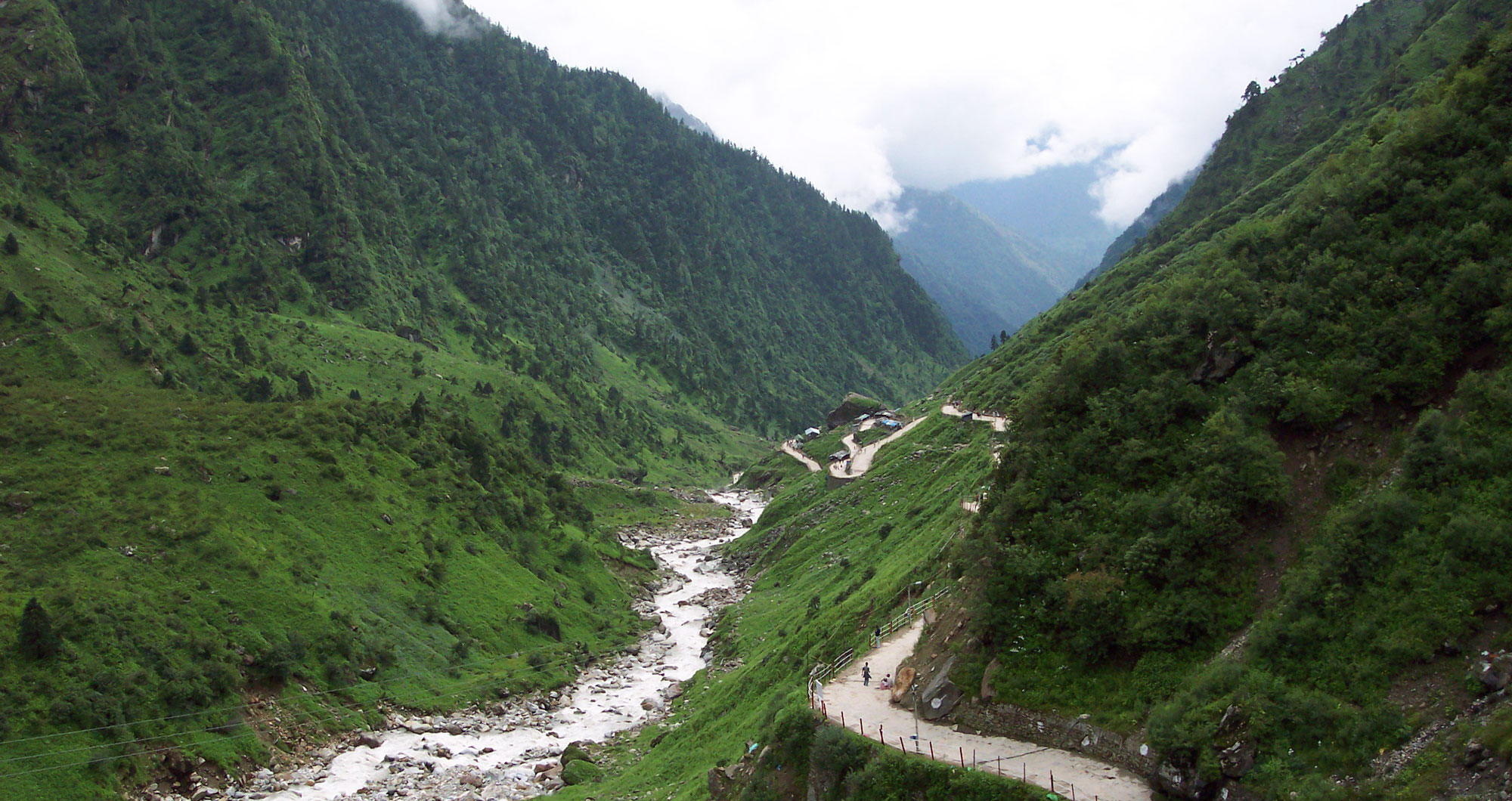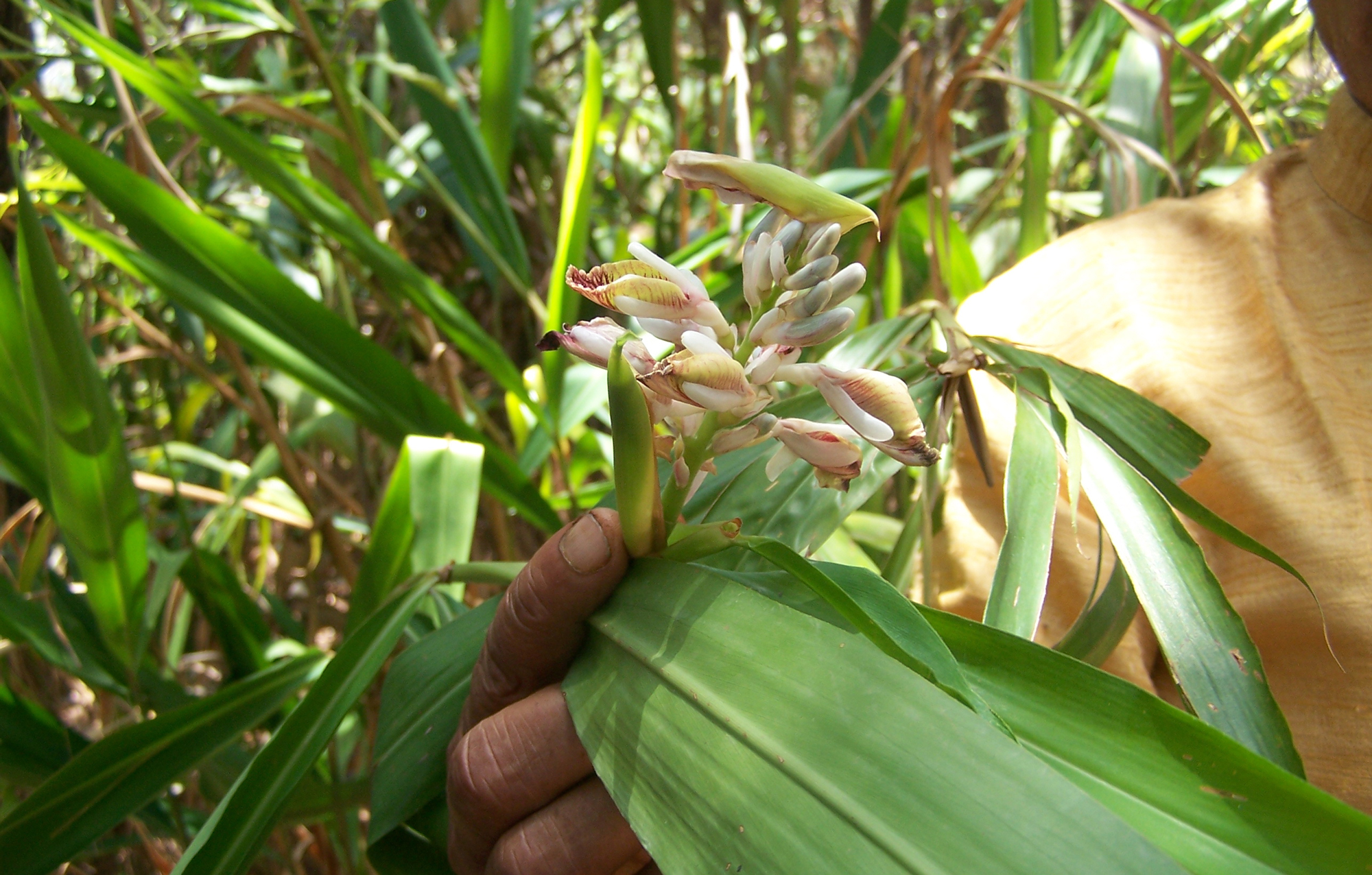
Recognising that to safeguard the global water cycle, mountain ecosystems worldwide need restoring and preserving; we have designed a method, which could be implemented rapidly worldwide with relatively low expenditure.
This method has been formulated considering the integration of modern and traditional conservation methods. We have integrated the conservation methods of Sacred Groves, Green Corridors, Permaculture, companion planting and cottage industry scale cultivation of medicinal plants. This combination has the potential to cover the diverse requirements for the difficult global task of rapidly restoring and protecting these crucial ecosystems throughout mountains worldwide. The overall objective is to rebalance and secure the global water cycle. However the on the ground aim is to facilitate biodiversity to spread throughout mountain regions quickly and in such a way as can be long-term sustainable.
Essentially it is about working with the strengths of natural biodiversity in creating all the necessary conditions. It involves management techniques, which supports the relevant biodiversity to revive harsh environments, establish balance and positively effect water and climate. Therefore it could also be considered to be a Permaculture design for the regeneration and preservation of watersheds and indigenous mixed mountain forests globally. Within it we have integrated the method of establishing green corridors/ belts because these have proved to be a successful way of spreading biodiversity across huge distances, whilst needing less resources and management than many environmental restoration methods. This is because although the focus area is a relatively narrow, long strip of land, it facilitates biodiversity to spread over a large area beyond the corridors.
These corridors also link otherwise isolated habitats and protect soil and water.

The Sacred Groves, Green Corridors Method involves creating and maintaining an interlinking network of these green corridors that link many small community managed forest patches and biodiversity.
“The maintenance and restoration of ecosystem integrity requires landscape-scale conservation. This can be achieved through systems of core protected areas that are functionally linked and buffered in ways that maintain ecosystem processes and allow species to survive and move, thus ensuring that populations are viable and that ecosystems and people are able to adapt to land transformation and climate change. We call this proactive, holistic, and long-term approach connectivity conservation.”
Within the green corridors, the plants grown would be those with important ecological properties as well as those that provide for the specific needs of the local communities (e.g. food, medicines, fuel, fodder, phytoremediation etc.).It is important to recognize that the collaboration with mountain communities is essential for the effectiveness of any environmental mountain restoration endeavor of this magnitude. In order to fit this method with the needs and traditions of mountain communities, we have integrated Sacred Groves. This is an ancient conservation tradition that has proved to be very effective and one, which is still valued in many mountain regions worldwide.
Sacred Groves have great potential to unite remote communities and restore and preserve large quantities of biodiversity when linked by a network of green corridors over mountain regions. Our proposed method addresses water security, food security, equity and the essence and principles of Sustainable Development as agreed upon by world governments in Agenda 21 in 1992.

Due to rapidly deteriorating environmental conditions and the fragility of mountain regions, it is urgent that a globally interconnected method, which accords with mountain people and their traditional ecological knowledge, is applied as soon as possible.
“Traditional Ecological Knowledge is an attribute of societies with historical continuity in resource use practice (Dei 1993).”
Download: Traditional Ecological Knowledge, Fikret Berkes et al, 2000.pdf
